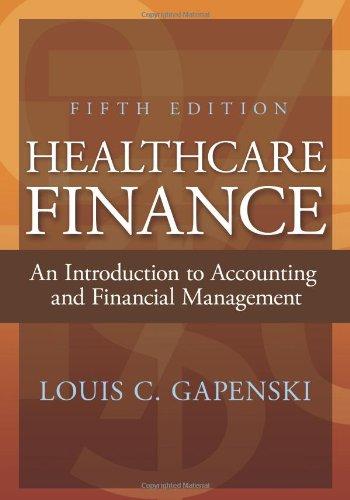Question
You are attempting to value a call option with an exercise price of $55 and one year to expiration. The underlying stock pays no dividends,
You are attempting to value a call option with an exercise price of $55 and one year to expiration. The underlying stock pays no dividends, its current price is $55, and you believe it has a 50% chance of increasing to $85 and a 50% chance of decreasing to $25. The risk-free rate of interest is 6%. Based upon your assumptions, calculate your estimate of the the call option's value using the two-state stock price model. (Do not round intermediate calculations. Round your answer to 2 decimal places.)
Value of the call
You want to buy a stock that is currently selling for $40. You forecast that in one year, the stocks price will be either $102 or $4, with equal probabilities. There is a one-year call option on the stock available with an exercise price of $80. You are able to borrow at a rate of 6.50%. You would like to hedge your stock position using the call option.
a. What will be the calls value if the stock price is $102 in one year? What will be the calls value if the stock price is $4 in one year? (Round your answers to the nearest dollar.)
| Call value at $102 | $ |
| Call value at $4 | $ |
b. What is the hedge ratio you should use? (Round your answer to 4 decimal places.)
Hedge ratio
c. Assume that you can purchase fractional shares of stock. How many shares of stock would you buy? (Round your answer to 4 decimal places.)
Shares
Use the Black-Scholes formula to find the value of a call option based on the following inputs. (Round your final answer to 2 decimal places. Do not round intermediate calculations.)
| Stock price | $ | 59 | |
| Exercise price | $ | 56 | |
| Interest rate | 7 | % | |
| Dividend yield | 4 | % | |
| Time to expiration | 0.50 | ||
| Standard deviation of stocks returns | 28 | % |
Use the Black-Scholes model to find the value for a European put option that has an exercise price of $62.00 and four months to expiration. The underlying stock is selling for $63.50 currently and pays an annual dividend of $1.77. The standard deviation of the stocks returns is 0.19 and risk-free interest rate is 4.5%. (Round intermediary calculations to 4 decimal places. Round your final answer to 2 decimal places.)
Put value
Calculate the elasticity of a call option with a premium of $4.00 and a strike price of $65. The call has a hedge ratio of 0.7, and the underlying stocks price is currently $55. (Round your answer to 2 decimal places.)
Elasticity of the call %
Step by Step Solution
There are 3 Steps involved in it
Step: 1

Get Instant Access to Expert-Tailored Solutions
See step-by-step solutions with expert insights and AI powered tools for academic success
Step: 2

Step: 3

Ace Your Homework with AI
Get the answers you need in no time with our AI-driven, step-by-step assistance
Get Started


